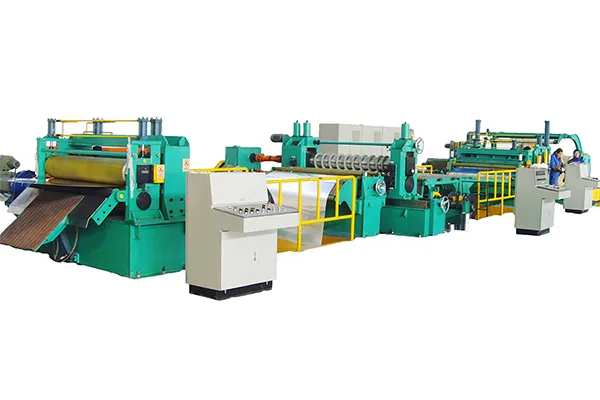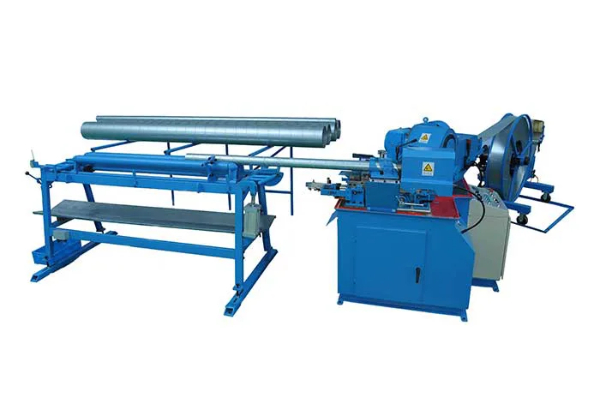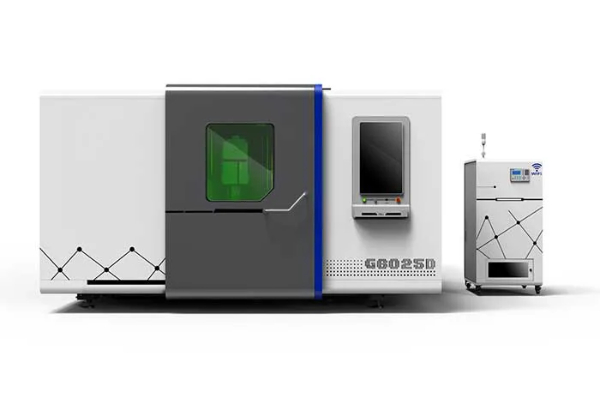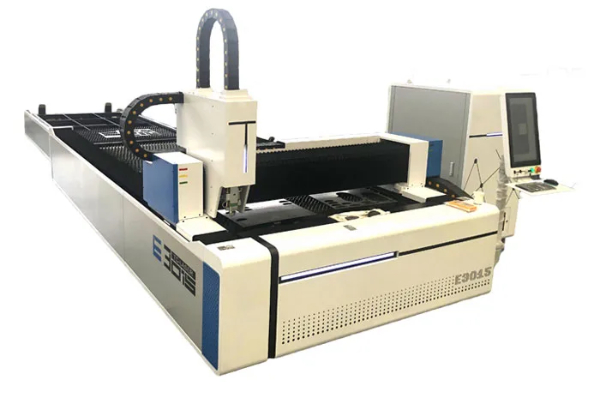
How to Calculate Bend Allowance in Sheet Metal Bending
- By:Metmac
- 2024-07-05
- 143
When fabricating sheet metal parts, calculating the bend allowance is crucial to ensure accurate and efficient bending operations. The bend allowance refers to the additional length of material required to compensate for the material stretching and thinning that occurs during bending. Accurately calculating the bend allowance prevents excessive material waste and ensures the fabricated parts meet the desired specifications.
Determining Material Thickness and Bend Radius
The first step in calculating the bend allowance is to determine the material thickness and the desired bend radius. The material thickness is readily available, but the bend radius may vary depending on the bending machine and the specific part geometry. The bend radius is typically expressed as a multiple of the material thickness, such as 2T or 3T, where T represents the material thickness.
Calculating Bend Allowance using Empirical Formulas
Once the material thickness and bend radius are known, the bend allowance can be calculated using empirical formulas. One common formula is the K-factor method, which considers the material type and the bend radius. The K-factor is a constant that varies with the material and bend radius. For example, for mild steel, the K-factor for a bend radius of 2T is approximately 0.33.
“`
Bend Allowance = K x Material Thickness x Bend Radius
“`
Considering Springback Effect
After bending, the material tends to spring back slightly, reducing the actual bend angle. To compensate for this springback effect, the bend allowance must be increased. The amount of springback varies depending on the material, the thickness, and the bend angle. Typically, a springback factor of 10-20% is applied to the bend allowance to account for this effect.
“`
Adjusted Bend Allowance = Bend Allowance + Springback Factor x Bend Allowance
“`
Using Bend Allowance Calculators
Calculating bend allowance manually can be tedious and prone to errors. Fortunately, several online calculators and software tools are available to simplify the process. These tools require the input of material properties and bending parameters and automatically calculate the bend allowance.
Importance of Accurate Bend Allowance Calculation
Accurate calculation of bend allowance is essential for several reasons. First, it prevents excessive material waste by ensuring that the correct amount of material is used for each bend. Second, it ensures that the fabricated parts meet the desired specifications, avoiding costly rework or rejected parts. Third, it optimizes the bending process, reducing setup time and increasing production efficiency.
-
Reliable Sheet Metal Equipment for Sale to Support Precision Fabrication
2025/07/17 -
Advanced Duct Machine AC and Fabrication Solutions from Metmac
2025/07/12 -
The Advantages of Using a Sheet Roll Forming Machine in Manufacturing
2024/09/14 -
How to Optimize Your Laser Sheet Cutting Machine for Maximum Performance
2024/09/12
-
Precision and Value: Exploring Metal Sheet Cutting and Roll Forming Machines
2025/09/06 -
High-Performance Sheet Metal Machines for Precision Fabrication
2025/09/06 -
Advanced Sheet Metal Cutting Solutions for Precision and Efficiency
2025/09/06 -
Efficient Sheet Metal Laser Cutting and Press Brake Solutions
2025/08/20
-
A Guide to the Latest Innovations in Sheet Metal Folding Machines
2024/11/29 -
Key Features to Consider When Investing in a Sheet Metal Folding Machine
2024/11/28 -
Enhancing Precision with Advanced Sheet Metal Folding Machines
2024/11/27 -
How to Choose the Right Sheet Metal Folding Machine for Your Workshop
2024/11/26




